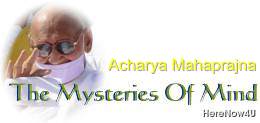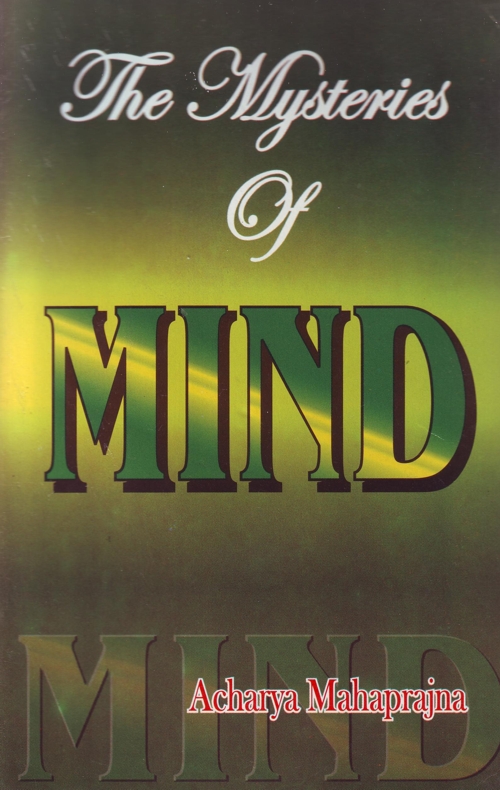
This formless substance and consciousness are beyond the reach of the sense-organs. They cannot be known by the sense-organs, the mind and the intellect. They cannot be comprehended by these instruments. We need a different medium to know them.
It is not surprising that people refuse to accept the existence of formless entities because they cannot be understood with the help of the intellect. Such a refusal is quite natural. What is really surprising is that people do not try to understand these entities by means other than of the intellect. The intellectual powers of such people are really undeveloped and attempts to sharpen the intellect will have to be made. Attempts will also have to be made to sharpen memory. In such a situation the knowledge of those who command super-sensual powers remained and still remains beyond the purview of the intellect and memory. We can know our body with the help of the sense-organs and the intellect. We can perceive it with the help of the intellect. The human body has been subjected to a searching analysis in the past as well as in the present. Descriptions of each and every part of the body are available today. Ancient descriptions of the body were based on perception and inference. Modern descriptions are based on scientific investigations and experiments. The human body is an unconscious entity and has a form. It is perceptible with the sense-organs and hence the description of its component parts is possible. Every cell of the body has by now been examined and its structure described. Our eyes do not give a complete picture of things. According to Dr. Hook if you see the cork stopper on the mouth of a bottle with the help of a microscope, you will find a number of nets in it which are not visible with the bare eye. Similarly you will see innumerable cells in a living body with the help of a microscope, which will not be visible otherwise.
Let us now pass on to the subtle body. Material structures are of two kinds, gross and subtle. The subtle structures are called catusparsi (four sense contacts) pudgalas and the gross structures are called astasparsi (eight sense contacts) pudgalas. Gross structures can be perceived with the eyes or instruments, but it is very difficult to perceive subtle structures.
Psychology has divided the mind into three parts, the conscious mind, the subconscious mind and the unconscious mind. The subtle body lies beyond these three parts. Investigations conducted in the cells have the gross body as their starting point. The subtle structure of the cell is a wonderful structure. It is a very complex one. There are eleven lac seventy thousand five hundred cells to one square inch in the body. All the hereditary characteristics of the body are maintained and looked after by very tiny cells. When a cell disintegrates, it passes on all the work it had been doing to a newly born cell. This transfer of functions in the cells is a wonderful process. How does all this happen? Physiology has not yet been able to reveal the mystery. Different kinds of cells produce different kinds of proteins and maintain their heterogeneity in nature. All these seemingly wonderful processes can, however, be explained in the light of the karma body. This is the subtlest body. It imposes uniform patterns on the gross body and its constituents. The entire system works according to its inherent laws. The whole world of the atoms is a self-propelled system.
The structures of karma pudgalas have innumerable constituent particles, which are found sticking to the soul. If an attempt were made to assess the numerical strength of the particles, which constitute the karma body, you will find billions and billions of particles to a square inch.
The subtle body is a self-acting body and it controls itself as well as the gross body. It has eight parts or departments with their separate functions. One of these departments is concerned with knowledge. It controls the volume of the manifestation of knowledge i.e. how much knowledge should be allowed to manifest itself and how much should not.
Our body too has a system. Intolerable pain makes us unconscious. Tolerable pain does not do so. Nature provides an escape from intolerable pain.
The system of knowledge is also self-sufficient. It works according to its own laws. It determines the knowledge of the jiva and decides how much knowledge should be allowed to manifest and how much of it the jiva can carry. These systems are built and enforced by the karma body. A transgression of the system turns an individual mad and renders him unconscious. Every individual gets his share of knowledge according to its capacity, neither more nor less. Knowledge, which is beyond its capacity, cannot be sustained by it.
 Acharya Mahaprajna
Acharya Mahaprajna

